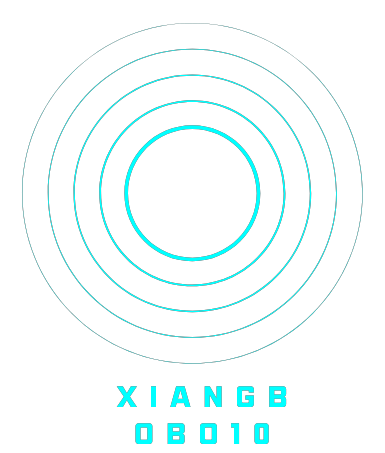The Kalpak, a traditional Turkish hat, holds a special place in the cultural heritage of Turkey, symbolizing history, national identity, and social change Turkish Kalpak Hat. While its roots trace back to Central Asia, where it was worn by Turkic peoples, the Kalpak evolved into an iconic symbol of the Turkish Republic, embodying both tradition and modernization.
Origins and Historical Significance
The Kalpak is a type of felt hat, often cylindrical or conical in shape, with a rounded crown. Historically, it has been worn by various Turkic peoples across Central Asia, the Caucasus, and Anatolia. In Turkey, the hat became most significant during the late Ottoman period and early years of the Turkish Republic.
During the Ottoman Empire, the Kalpak was commonly worn by men in rural Anatolian regions. It was often seen as a symbol of simplicity and humility, as well as a connection to Turkic heritage. It also represented a form of resistance to foreign influences, particularly during the era when European fashion and colonialism began to influence Ottoman dress.
The Kalpak and the Turkish Republic
The Kalpak became a symbol of modern Turkish identity during the establishment of the Turkish Republic in 1923. Under the leadership of Mustafa Kemal Atatürk, Turkey underwent a series of reforms aimed at modernizing the country and breaking away from the Ottoman past. These reforms included the adoption of new attire to create a distinct national identity.
The most iconic change came in 1925 when the Hat Law was passed, encouraging the population to adopt Western-style hats and abandon the fez, which was previously worn as a symbol of Ottoman identity. The Kalpak, however, was allowed to remain in certain contexts, particularly in rural areas, as it was seen as a uniquely Turkish headgear.
Atatürk himself was known to wear a Kalpak at various state functions, often pairing it with a Western-style suit, which further cemented the Kalpak’s place as a symbol of modernity fused with tradition. Over time, it became a nationalistic symbol, representing both the revolution and the continuity of Turkish culture.
The Kalpak in Modern Turkey
In modern Turkey, the Kalpak holds less prominence in everyday life but continues to carry cultural significance. It is most commonly seen during national celebrations, particularly on Republic Day, and in various folk dances and traditional festivals. The Kalpak has also become a symbol of pride for rural Turkish communities, where it remains an important part of regional attire.
For many people, the Kalpak represents a connection to the past and a reminder of Turkey’s efforts to carve out a unique identity in a rapidly changing world. It symbolizes resilience, national pride, and a reminder of the country’s deep-rooted traditions, even as Turkey continues to modernize and integrate with the global community.
In recent years, the Kalpak has found a resurgence in the fashion world, particularly among those seeking to celebrate Turkish heritage. Designers have incorporated the Kalpak into contemporary collections, combining it with modern outfits and accessories, making it a fashionable statement piece while preserving its historical roots.
The Kalpak and Turkish Identity
The Kalpak transcends mere fashion; it is a marker of Turkish identity, especially in the context of the nation’s complex relationship with modernization and tradition. For many, the hat represents an essential connection to Turkey’s Turkic heritage and its journey from empire to republic. It serves as a reminder that national identity can evolve without losing the essence of cultural history.
As Turkey continues to navigate its role on the global stage, the Kalpak remains a reminder of the nation’s rich cultural past, a testament to its resilience, and a symbol of the ongoing fusion of tradition and modernity.
Conclusion
The Turkish Kalpak hat is more than just a piece of clothing. It is a symbol of cultural pride, national identity, and historical continuity. From its roots in Central Asia to its role in the formation of the Turkish Republic, the Kalpak stands as a marker of Turkey’s journey through time. In modern Turkey, the Kalpak remains a cherished cultural symbol, linking the past with the present and reminding the Turkish people of their unique heritage.

